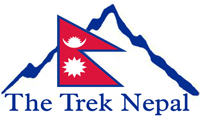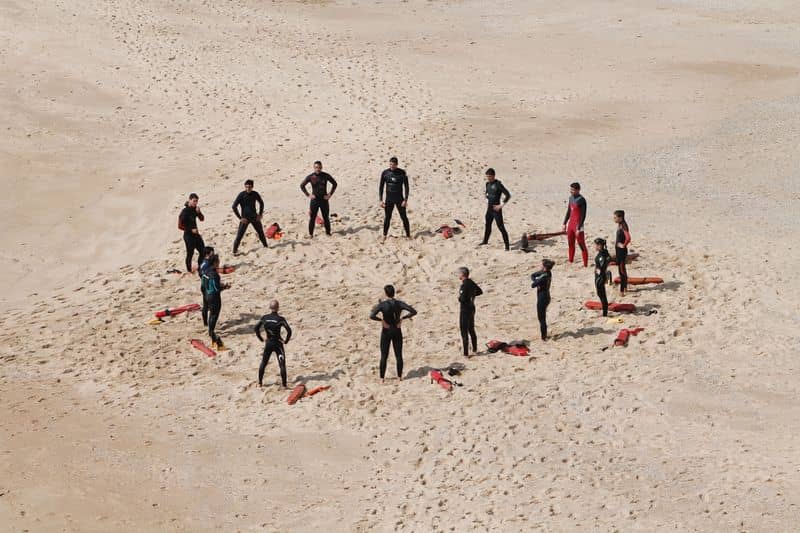Conflict generally in simple terms means serious disagreement or clash. This article gives you 7 tips on group conflict management in trekking. The common truth about conflict is that it is omnipresent in human society. No matter who or where conflicts are present may be person or person, groups or groups moreover even nations and nations may have conflicts with each other.
Even trekking may not be far away from conflict as the ideas collide disagreements could arise. First of all, trekking always is not only your friends and families sometimes you may also have to go with people you barely know, therefore if the group is not properly managed it may lead to some serious conflicts among peoples. The guide and the trekkers should know how to handle disagreement and conflict management in trekking.
Following are the ways for conflict management in trekking:
1) Strong leader is the key to conflict management in trekking
Long or short trail, Lots of peoples or less it doesn’t matter a strong leader is a must during trekking. A person with communicative skills, a bit experienced, and good decision-making capacities are the qualities of a good leader. During commercial trekking, an authorized guide is the leader. Firstly, he is experienced and used to handling peoples. Secondly, if a new situation or seeds of conflict appears he can easily see and tackle them before it becomes any bigger.
2) Well planned and prepared
Conflict and clash among peoples generally occur when things don’t go according to what they want. Furthermore, during trekking in mountainous regions, somethings things may not go as the people want it leading to conflicts. So it is of utmost importance that people come planned and prepared with suppliance and gadgets. Being planned and prepared is one of the best ways of conflict management in trekking.
3) Understanding your team members reduce the conflict during trekking
The conflict arises from the people in your team. It can be even possible that you have some trouble makers in your team. When you closely analyze and understand your team’s behaviors you can figure out the trouble makers. Furthermore, by analyzing and understanding your team members you can manage the conflict before it happens.
4) Embracing conflict
despite your best efforts disagreements can occur. However, during the disagreement despite trying to bury it, we should embrace it. What is the conflict? Why is there a conflict? What can we do to end the conflict?. Asking these questions and embracing a disagreement prevents further misunderstanding and even prevents further bigger conflict. Therefore, maybe embracing is the key to conflict management in trekking.
5) Compromising
Firstly, it is not ok to compromise on serious and urgent issues. On the other hand, on some petty and ego issues sometimes rather than looking for conflict and embracing them it is beneficial to compromising. In conclusion, we should know in which cases to embrace conflict or let it go and try to avoid it.
6) Finding a middle ground
Away from society during long trekking’s conflicts can be very harmful. Besides, sometimes people can neither compromise nor avoid the conflict. In this type of case, we should try to find a common ground. By, doing so both the involving groups wins as well as loses at the same time. It may not always end the conflict and not the best way to solve a problem but is a good way of conflict management in trekking.
7) Pointing and standing out a troublemaker
This always may not be the case and can rarely occur but there are many different peoples out there and we know the world is not just sunshine and butterflies. Sometimes certain people try to disrupt harmony and induce conflict, In such a situation, we have to stand up to them. When they unnecessarily create a problem we have to point out and warn them. When a troublemaker appears standing out and the warning is the best way of conflict management in trekking.

